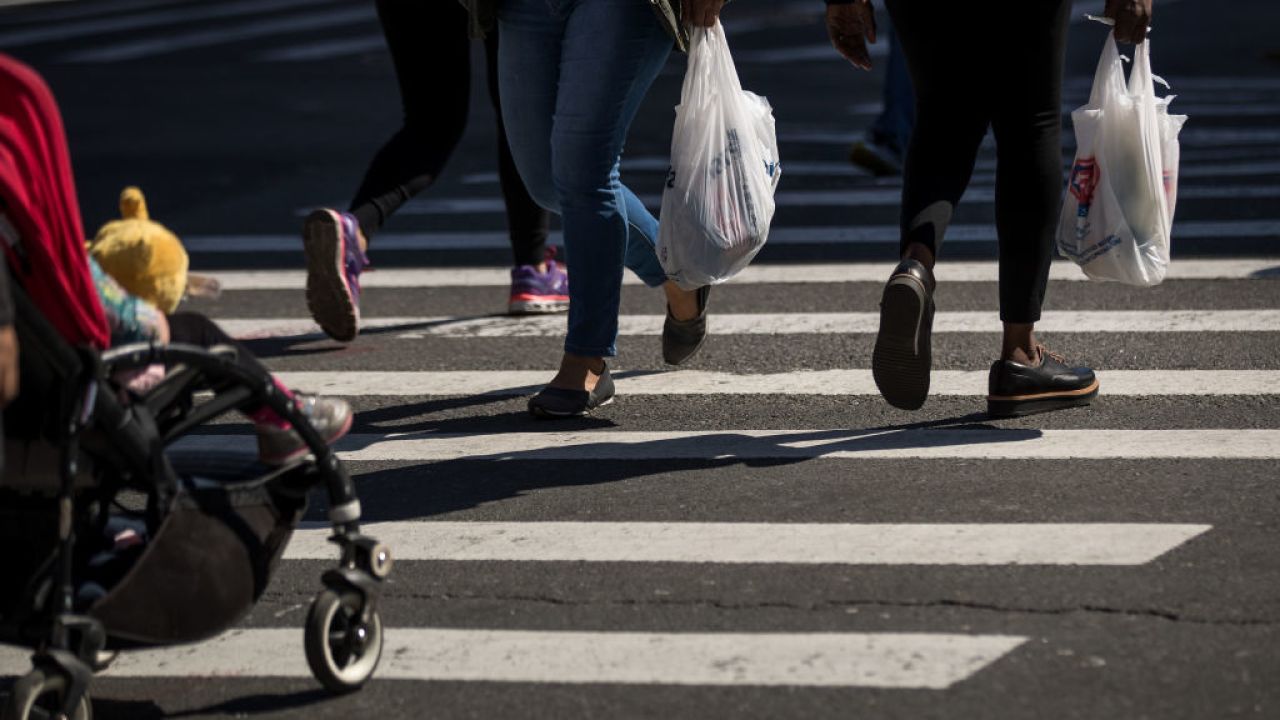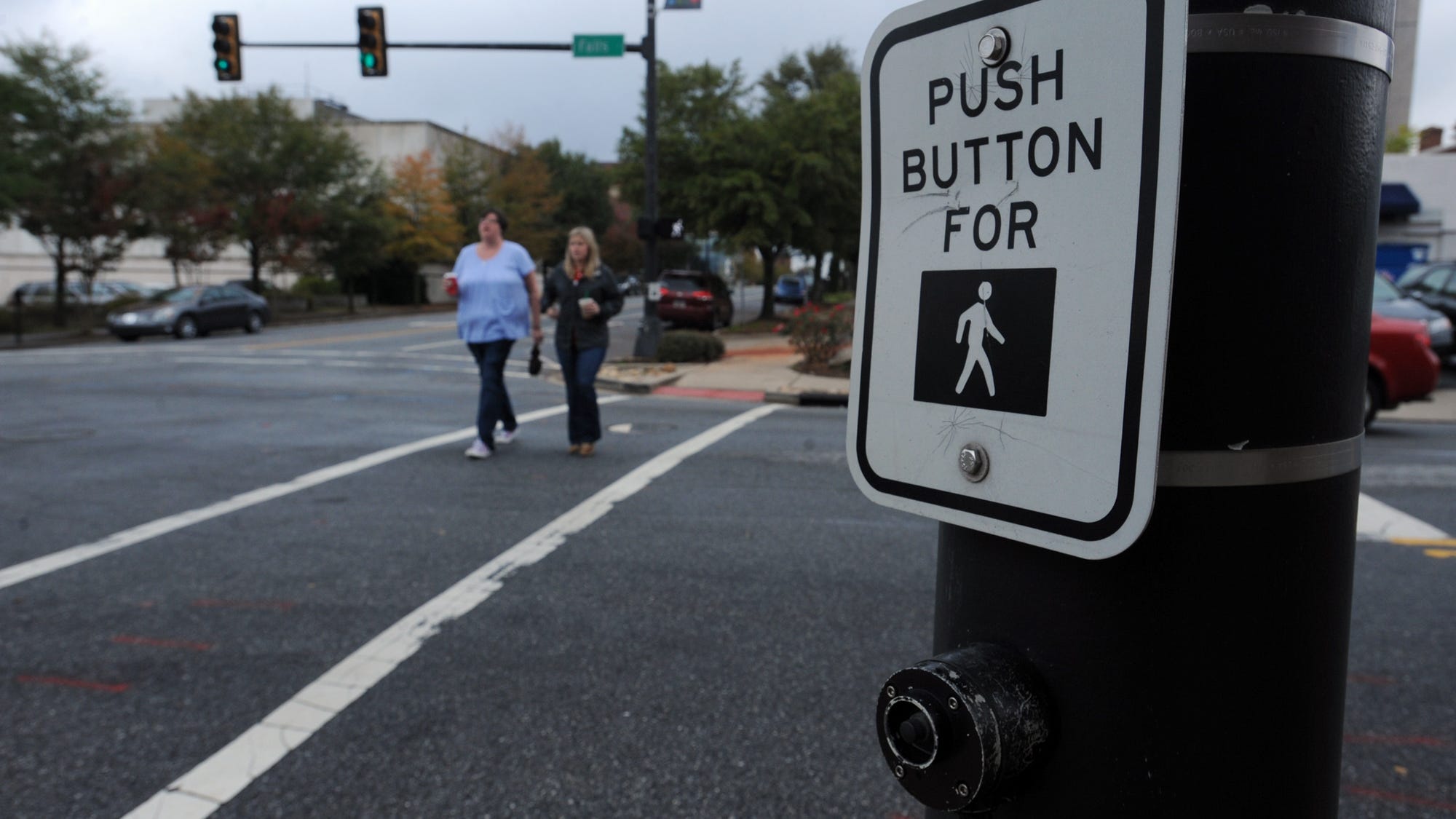

- #DOES THE PEDESTRIAN HAVE THE RIGHT OF WAY DRIVERS#
- #DOES THE PEDESTRIAN HAVE THE RIGHT OF WAY DRIVER#
Yes, a bicyclist can be held financially liable for the damages caused by an accident if the bicyclist is at fault. Can a Bicyclist Be Held Liable for Damages Caused by an Accident? Depending on the laws of your state, you could receive compensation for a portion of your damages based on the percentage of fault you have for the cause of the crash.
#DOES THE PEDESTRIAN HAVE THE RIGHT OF WAY DRIVER#
Even if you and the driver share responsibility, you could receive partial compensation for your damages.Įach state has enacted laws regarding contributory negligence or comparative negligence. If the other driver was at fault for the accident, you might recover compensation for your injuries and damages. A lawyer investigates the facts of the accident to determine who had the right of way and who is responsible for the cause of the crash. Do not embellish or try to explain that you thought you had the right of way. When giving your statement to the police officer, keep your answers short and honest. It is best to consult legal counsel before making any statements or answering questions about the bicycle accident. If you are involved in a bicycle accident, do not admit fault, especially if you are unsure who had the right of way. Wearing brightly colored bicycle helmets and clothing can help reduce the risk of a bicycle accident.
#DOES THE PEDESTRIAN HAVE THE RIGHT OF WAY DRIVERS#
Drivers are more likely to see a bicyclist when they use hand signals. Look for turn signals that indicate a vehicle may cut in front of your bicycle.īicyclists should always use hand signals to indicate their intentions. A rider needs to pay close attention to traffic when approaching intersections. How Can a Bicyclist Avoid a Right of Way Accident?īeing attentive and indicating your intentions are two ways bicyclists can avoid right-of-way accidents. Bicyclists should take steps to avoid right-of-way accidents whenever possible. Therefore, bicyclists should never assume a motorist will act accordingly and yield the right of way. A motorist may not see a bicycle approaching because the motorist is distracted or the bicycle is in the driver’s blind spot. However, just because a bicyclist has the right of way, it does not ensure that a motorist will yield the right of way. The same applies to a bicyclist traveling through an intersection when a motorist makes a left-hand turn. If the bicyclist is traveling straight through the intersection, the rider generally has the right of way.

When a bicyclist is traveling in a designated bicycle lane, motorists need to use caution when turning right. When entering a lane of traffic, the bicyclist must yield the right of way to oncoming traffic in the lane. They should also yield the right of way when directed to do so by a yield sign. Riders must signal turns and travel with the flow of traffic. They must also stop at stop signs and obey traffic lights. Therefore, a bicyclist must yield the right of way to pedestrians. Who Has the Right of Way?īicyclists must yield the right of way under the same conditions as motor vehicles. Riders should also know and follow these laws.

Many states have specific traffic laws related to bicycles. Bicyclists must follow all traffic laws that other motorists follow unless following the law is impractical because of the nature of a bicycle.īicycle safety requires that bicyclists know and understand traffic laws. Most states treat bicycles as vehicles for the purpose of traffic laws.


 0 kommentar(er)
0 kommentar(er)
